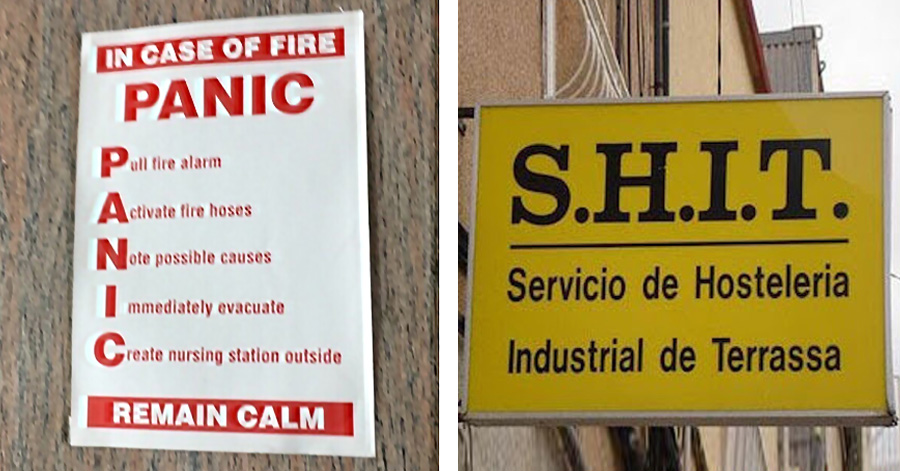

So let's try using sounds as our organising principle.

It's an almost impossible task to use letters and letter patterns to organise your thinking about spelling, as there are simply so many of them and their relationships with sounds are so complex.Īfter a while it starts to seem that there must be thousands of sounds in English, whereas there are only 44. The spelling “ea” represents three different sounds in the words “beach”, “dead” and “break”.Īs well as more common letter-sound patterns, there are letter-sound patterns that only occur in one or two words, like the “sth” in “asthma” and “isthmus”, and the “xe” in “axe”, “deluxe” and “annexe”. To add to the complexity, many letters and letter combinations can represent more than one sound, for example, the letter “y” represents four different sounds in the words “yes”, “by”, “baby” and “gym”.

Three letter combinations, like “igh” as in “high”, “dge” as in “bridge”, “tch” as in “catch” and “ere” as in “here”.įour letter combinations, like “eigh” as in “eight”, “aigh” as in “straight”, “augh” as in “caught”, and “ough” as in “bought”, “drought”, “dough”, “through”, “thorough” (but not “cough” or “tough”, where the “ou” and the “gh” represent different sounds, and just happen to be next to each other). Two letter combinations, like “oo” as in “book”, “er” as in “her”, “ph” as in “phone” and “ey” as in “key” There are 26 letters in the English alphabet, but English also has a whole stack of letter combinations that can represent individual sounds: If you want to use the relationship between letters and sounds as your organising principle for spelling (and most sensible people do), you can start from the letters and work to the sounds, or start from the sounds and work to the letters. To organise something, you first need an organising principle or principles. If you want to store a large, complex system such as the English spelling system in a finite human brain, you have to organise it well.


 0 kommentar(er)
0 kommentar(er)
